A Stunning Korean Karatsu Tea Bowl with Hakeme and Kintsugi (item
By A Mystery Man Writer
Last updated 16 Sept 2024

Stemming from the philosophy of wabi-sabi—often described as the beauty found in the imperfection and transience of the world—cracks and repairs in a work of pottery are often seen as highlighting the history and importance of a ceramic object. Practitioners of tea in particular are fond of reminding us that works repaired with lacquer and gold such as the one featured here become more resilient and beautiful for having been damaged. In this case, the gold repairs undoubtedly enhance the beauty of this work, making for a unique and striking composition. The tradition of kintsugi is said to date from the Japanese Muromachi Period (1392 - 1573) and was born of a Japanese aesthetic that encourages the playful use of ones artistic senses to grasp the essence of a ceramic landscape. As you can imagine, it is most often used to piece together the broken fragments of treasured objects―thus returning them to their former shape. But what exactly is the appeal in this? Where does our fascination with this art-form come from? Some would say it stems from the process of recognizing and accepting the condition of brokenness; thus allowing for healing and transformation to occur. And, along with this healing transformation, an anomaly comes into being; an uncommon sort of beauty, one to be wondered over and cherished. The beauty of kintsugi emanates not solely from the mend itself, but rather from the condition of having transcended injury. One could even say this process creates a sort of “oneness”; bridging the material world with that of the world of spirit―where dwells the human heart. In antique condition with extensive gold repairs, this piece is 5.5 inches in diameter at its widest point (14.1 cm) and stands 3.4 inches tall (8.5 cm). It comes with a period wood box and wrapped in antique decorative silk cloth. The lettering on the box describes it as a “hakeme” (white slip brushed) “kutsu-gata” (shoe-shaped type) and “Chosen Karatsu” (Karatsu-ware from ancient Korea). *** International Shipping & Insurance Included in the Price.
Stemming from the philosophy of wabi-sabi—often described as the beauty found in the imperfection and transience of the world—cracks and repairs in a work of pottery are often seen as highlighting the history and importance of a ceramic object. Practitioners of tea in particular are fond of reminding us that works repaired with lacquer and gold such as the one featured here become more resilient and beautiful for having been damaged. In this case, the gold repairs undoubtedly enhance the beauty of this work, making for a unique and striking composition. The tradition of kintsugi is said to date from the Japanese Muromachi Period (1392 - 1573) and was born of a Japanese aesthetic that encourages the playful use of ones artistic senses to grasp the essence of a ceramic landscape. As you can imagine, it is most often used to piece together the broken fragments of treasured objects―thus returning them to their former shape. But what exactly is the appeal in this? Where does our fascination with this art-form come from? Some would say it stems from the process of recognizing and accepting the condition of brokenness; thus allowing for healing and transformation to occur. And, along with this healing transformation, an anomaly comes into being; an uncommon sort of beauty, one to be wondered over and cherished. The beauty of kintsugi emanates not solely from the mend itself, but rather from the condition of having transcended injury. One could even say this process creates a sort of “oneness”; bridging the material world with that of the world of spirit―where dwells the human heart. In antique condition with extensive gold repairs, this piece is 5.5 inches in diameter at its widest point (14.1 cm) and stands 3.4 inches tall (8.5 cm). It comes with a period wood box and wrapped in antique decorative silk cloth. The lettering on the box describes it as a “hakeme” (white slip brushed) “kutsu-gata” (shoe-shaped type) and “Chosen Karatsu” (Karatsu-ware from ancient Korea). *** International Shipping & Insurance Included in the Price.
Stemming from the philosophy of wabi-sabi—often described as the beauty found in the imperfection and transience of the world—cracks and repairs in a work of pottery are often seen as highlighting the history and importance of a ceramic object. Practitioners of tea in particular are fond of reminding us that works repaired with lacquer and gold such as the one featured here become more resilient and beautiful for having been damaged. In this case, the gold repairs undoubtedly enhance the beauty of this work, making for a unique and striking composition. The tradition of kintsugi is said to date from the Japanese Muromachi Period (1392 - 1573) and was born of a Japanese aesthetic that encourages the playful use of ones artistic senses to grasp the essence of a ceramic landscape. As you can imagine, it is most often used to piece together the broken fragments of treasured objects―thus returning them to their former shape. But what exactly is the appeal in this? Where does our fascination with this art-form come from? Some would say it stems from the process of recognizing and accepting the condition of brokenness; thus allowing for healing and transformation to occur. And, along with this healing transformation, an anomaly comes into being; an uncommon sort of beauty, one to be wondered over and cherished. The beauty of kintsugi emanates not solely from the mend itself, but rather from the condition of having transcended injury. One could even say this process creates a sort of “oneness”; bridging the material world with that of the world of spirit―where dwells the human heart. In antique condition with extensive gold repairs, this piece is 5.5 inches in diameter at its widest point (14.1 cm) and stands 3.4 inches tall (8.5 cm). It comes with a period wood box and wrapped in antique decorative silk cloth. The lettering on the box describes it as a “hakeme” (white slip brushed) “kutsu-gata” (shoe-shaped type) and “Chosen Karatsu” (Karatsu-ware from ancient Korea). *** International Shipping & Insurance Included in the Price.

Pin on Clay pots

Know Your Chawan: A Guide to the Famous Matcha Bowl Styles – Tezumi

Y5933 CHAWAN Yi Dynasty kintsugi bowl Korea Korean antique tea ceremon – Hareitiba Japanese Antique
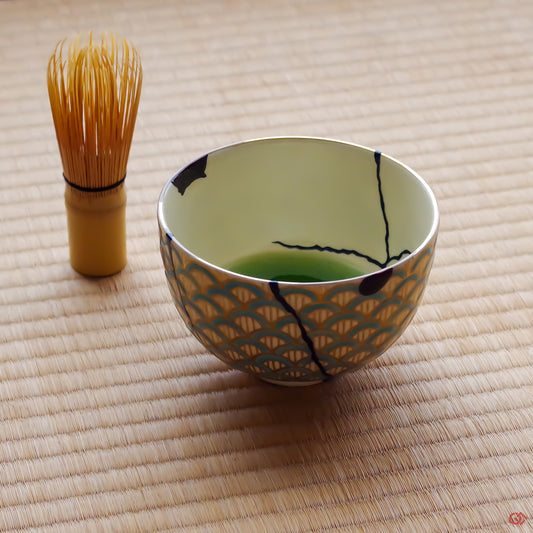
Discover Timeless Beauty with Authentic Kintsugi Tea Bowls – The Kintsugi Labo JAPAN

Hakeme Pottery

Karatsu Bowl by Nakagawa Jinenbo 中川自然坊 - Norway
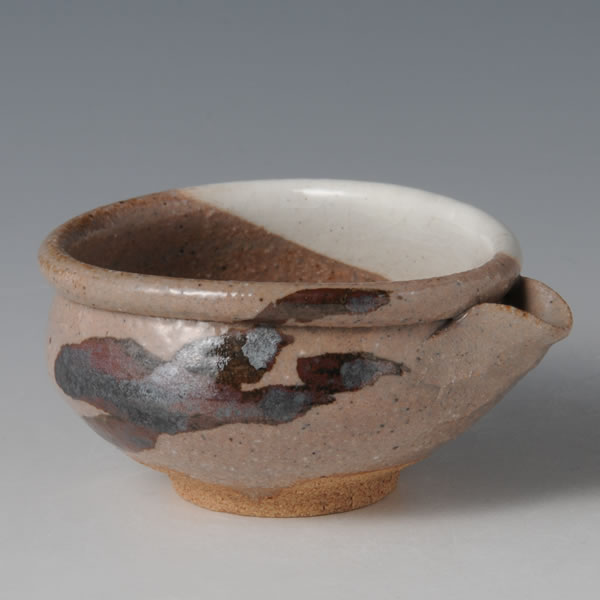
Japan Pottery Net / EGARATSU HAKEME KATAKUCHI (Decorated Karatsu Spouted Bowl with Brush Marks) Karatsu ware
An antique Korean celadon glazed stoneware tea bowl from 15th century. It has been lovingly repaired with gold, using the kintsugi method, sometime

15th Century Korean Celadon Tea Bowl with Kintsugi Repair

Discover Timeless Beauty with Authentic Kintsugi Tea Bowls – The Kintsugi Labo JAPAN
Recommended for you
-
:max_bytes(150000):strip_icc()/__opt__aboutcom__coeus__resources__content_migration__mnn__images__2015__05__shutterstock_558504040-c4cf7aa2d50242acabce88f4b206095b.jpg) What Is Kintsugi?16 Sept 2024
What Is Kintsugi?16 Sept 2024 -
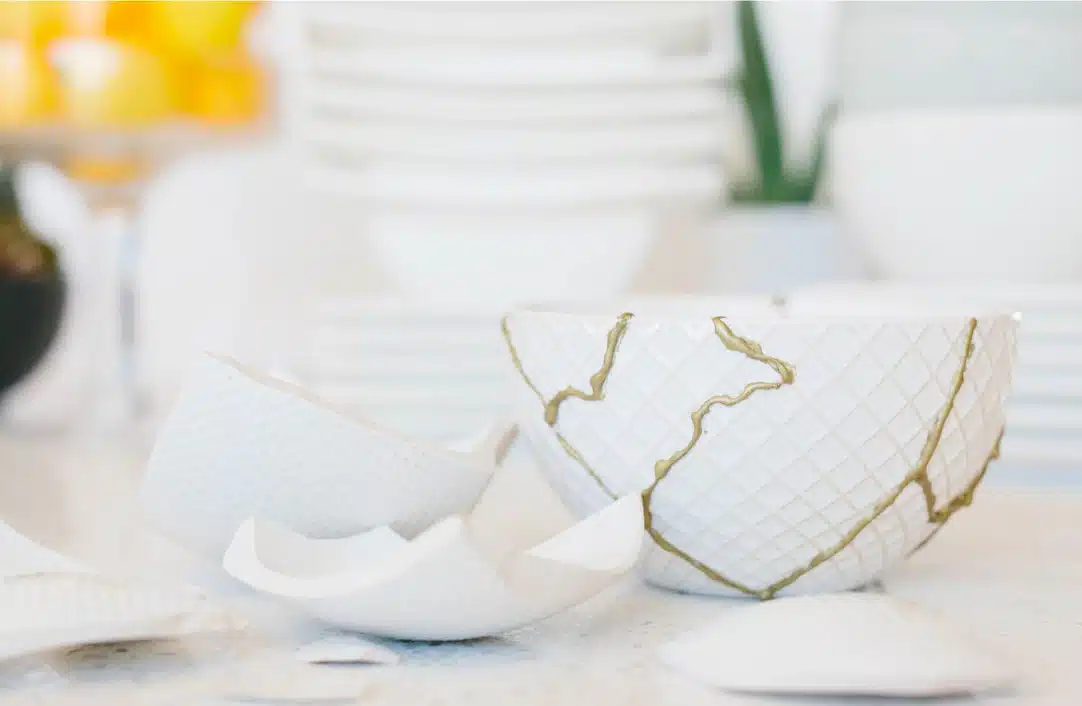 Kintsugi: The Value of a Broken Bowl16 Sept 2024
Kintsugi: The Value of a Broken Bowl16 Sept 2024 -
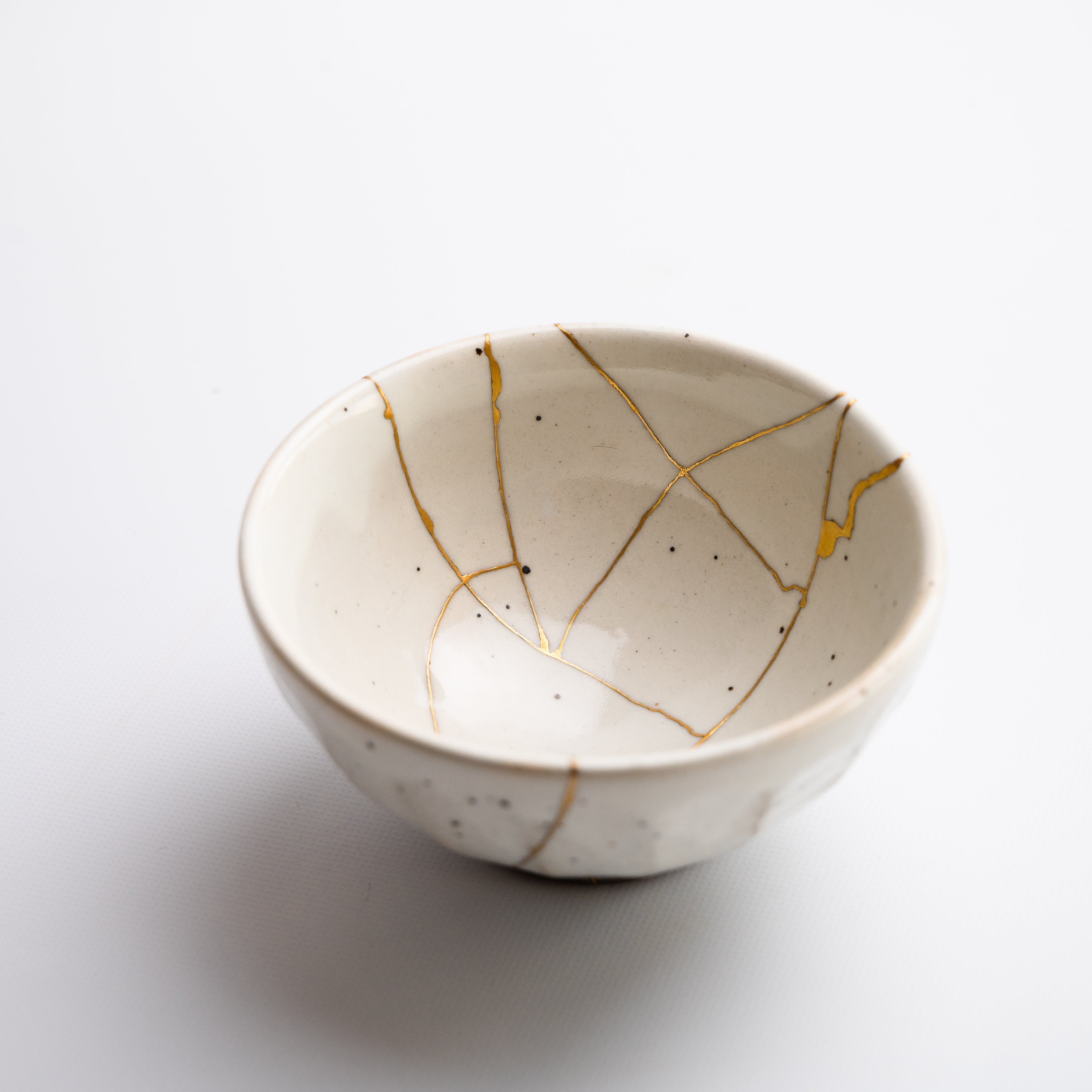 Kintsugi tea bowl16 Sept 2024
Kintsugi tea bowl16 Sept 2024 -
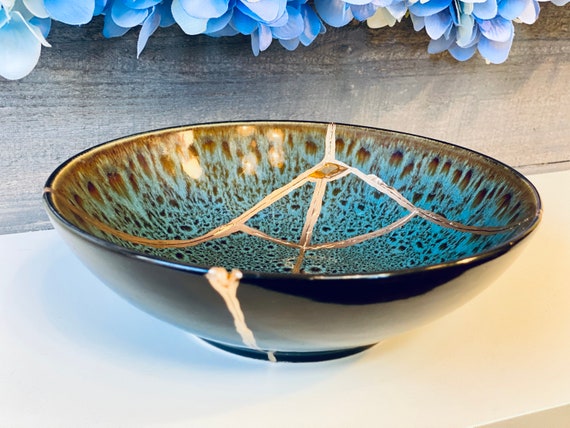 Kintsugi, Kintsugi Bowl Emerald Green, Kintsugi Pottery, Gift for16 Sept 2024
Kintsugi, Kintsugi Bowl Emerald Green, Kintsugi Pottery, Gift for16 Sept 2024 -
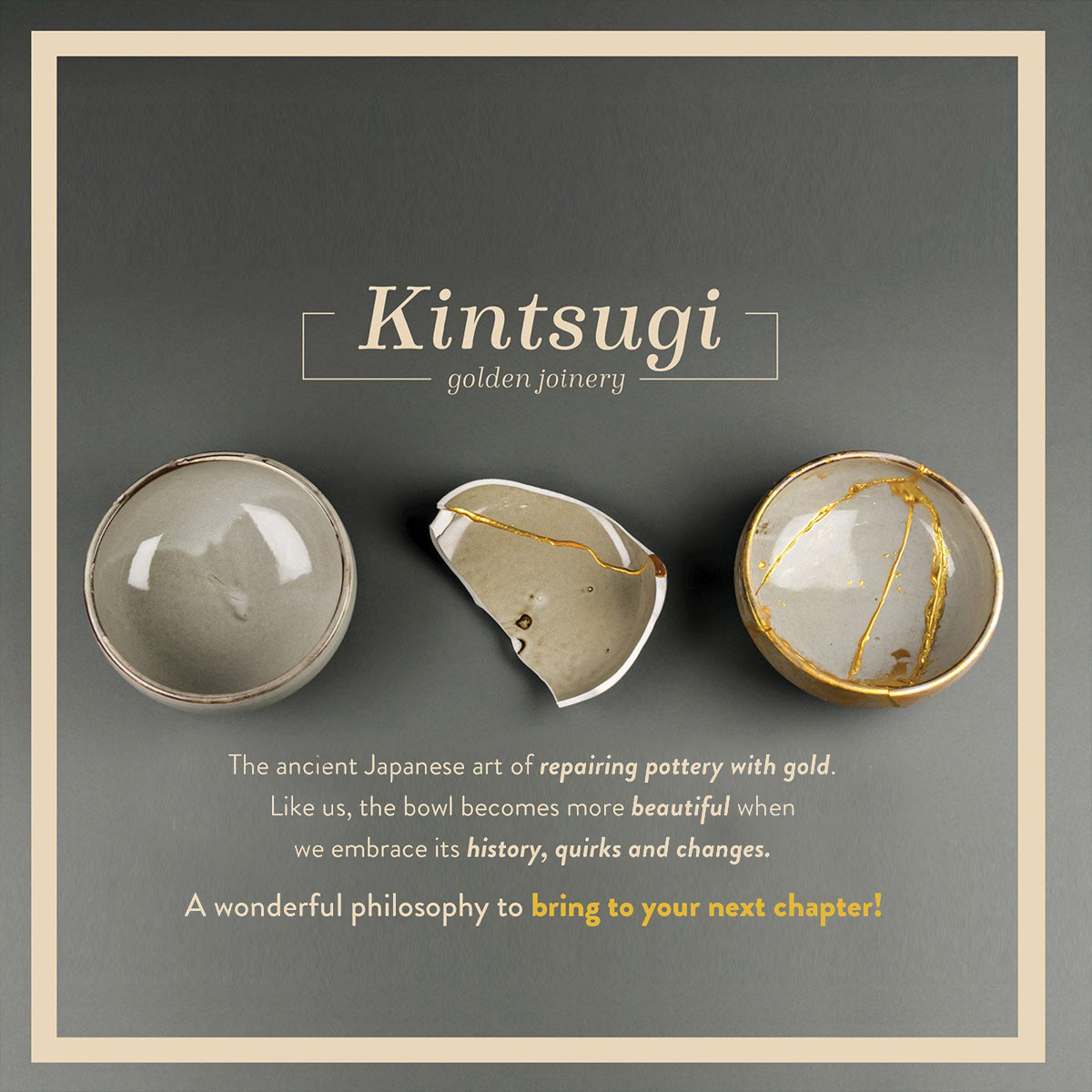 New You Kit: Japanese Kintsugi Ceremony16 Sept 2024
New You Kit: Japanese Kintsugi Ceremony16 Sept 2024 -
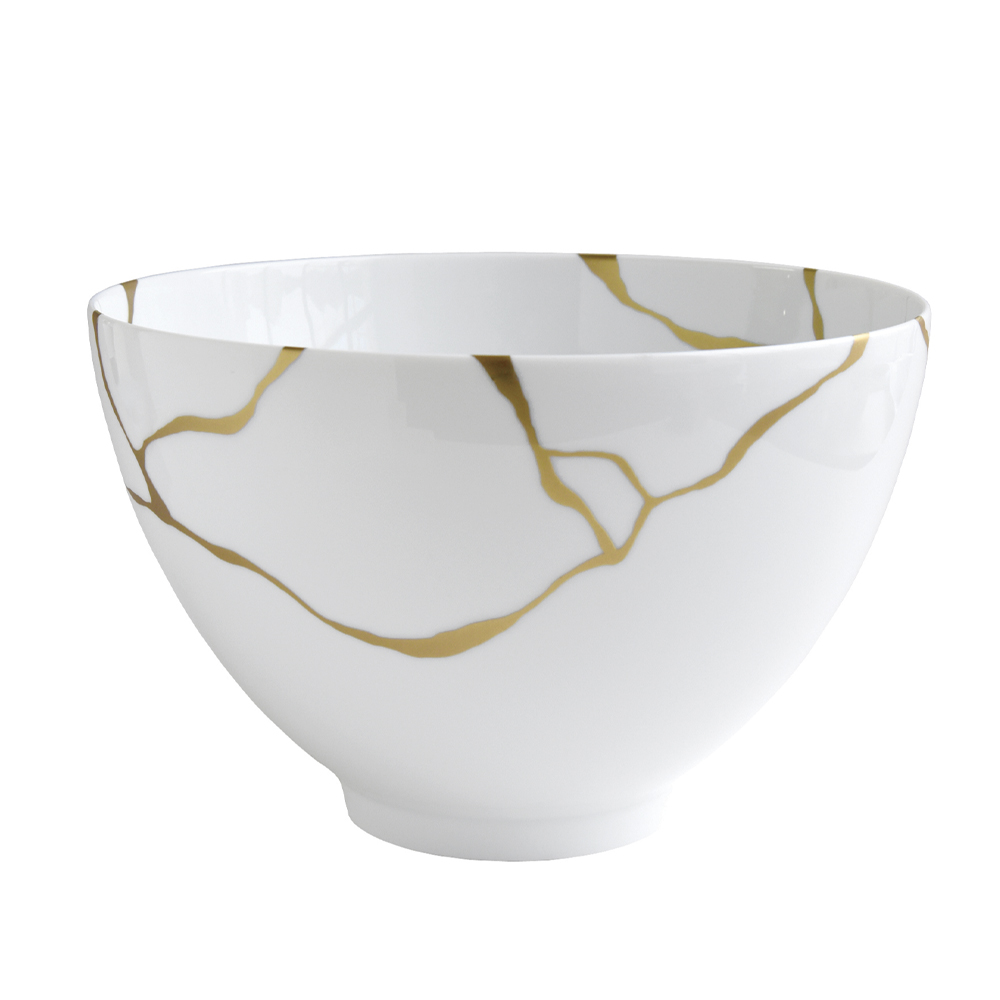 Bernardaud Kintsugi Deep Salad Bowl, 1016 Sept 2024
Bernardaud Kintsugi Deep Salad Bowl, 1016 Sept 2024 -
 Kintsugi Bowl – No. 2 – Rouse Home16 Sept 2024
Kintsugi Bowl – No. 2 – Rouse Home16 Sept 2024 -
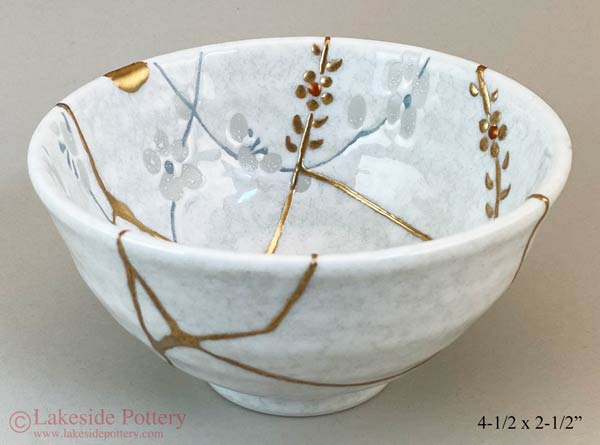 Kintsugi Art Sale Gallery Buy Kintsukuroi Gold Repaired Pottery16 Sept 2024
Kintsugi Art Sale Gallery Buy Kintsukuroi Gold Repaired Pottery16 Sept 2024 -
 Kintsugi Bowl – No. 3 – Rouse Home16 Sept 2024
Kintsugi Bowl – No. 3 – Rouse Home16 Sept 2024 -
 Kintsugi bowl in white - Seletti16 Sept 2024
Kintsugi bowl in white - Seletti16 Sept 2024
You may also like
-
 KILOKITS Stainless Steel Small Round Paint Tray with Mouth 6-PACK – KiloKits Mini Scenics16 Sept 2024
KILOKITS Stainless Steel Small Round Paint Tray with Mouth 6-PACK – KiloKits Mini Scenics16 Sept 2024 -
 hair-bow-barrette-women-oversized-floral-ribbon-love-shack-fancy - MEMORANDUM16 Sept 2024
hair-bow-barrette-women-oversized-floral-ribbon-love-shack-fancy - MEMORANDUM16 Sept 2024 -
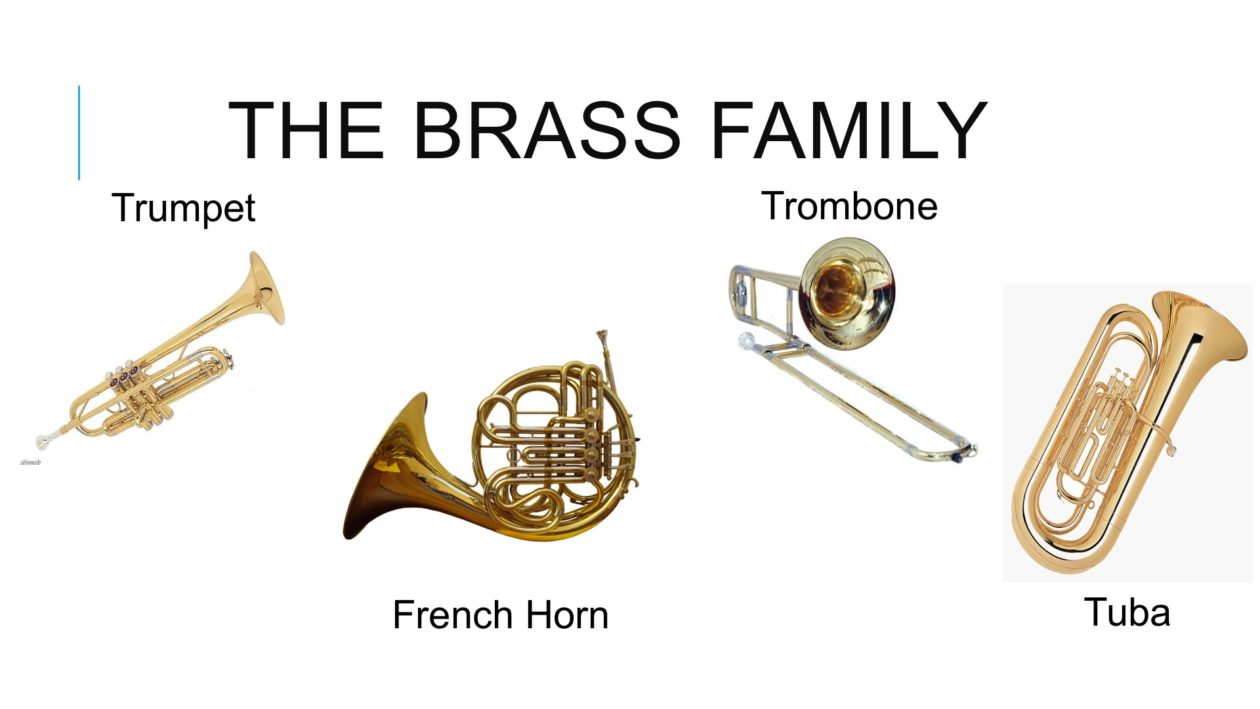 Brass – Cumbernauld Academy Performance Faculty16 Sept 2024
Brass – Cumbernauld Academy Performance Faculty16 Sept 2024 -
 xTool D1 Pro Extension Kit Accessories for Both xTool D1 and D1 Pro 5W/10W/20W Laser Engraver Expand The Laser Engraving Area to 36.85''*17'' Longer Laser Engraving and Cutting for Laser Engraver Grey16 Sept 2024
xTool D1 Pro Extension Kit Accessories for Both xTool D1 and D1 Pro 5W/10W/20W Laser Engraver Expand The Laser Engraving Area to 36.85''*17'' Longer Laser Engraving and Cutting for Laser Engraver Grey16 Sept 2024 -
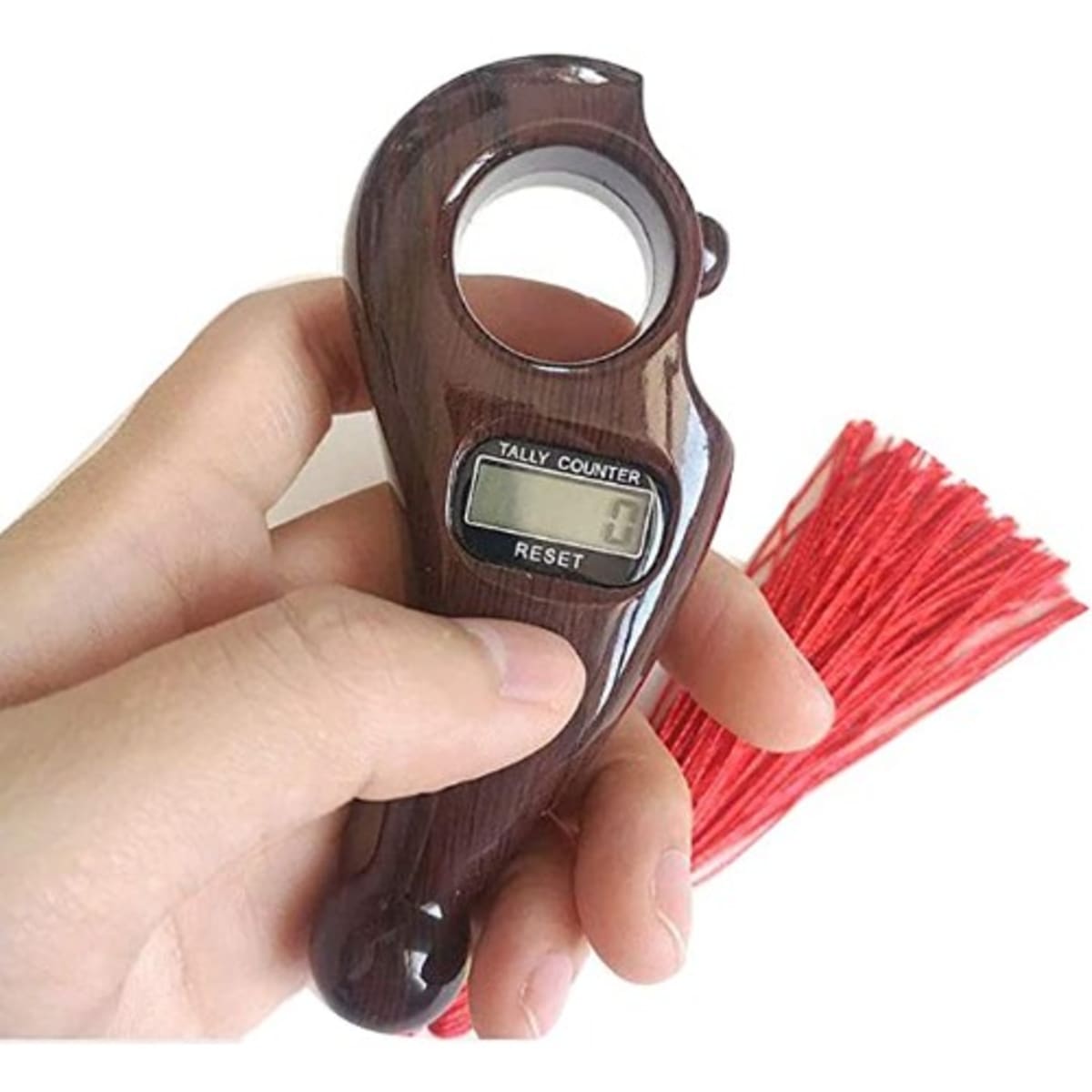 Digital Tasbeeh Finger Tally Counter With Rotating Beads16 Sept 2024
Digital Tasbeeh Finger Tally Counter With Rotating Beads16 Sept 2024 -
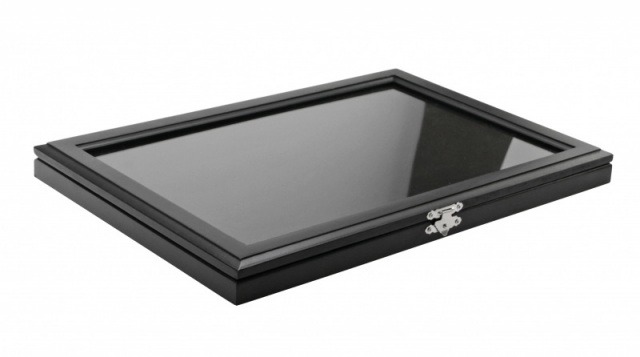 Pin Display Case - Matte Black Glass Top16 Sept 2024
Pin Display Case - Matte Black Glass Top16 Sept 2024 -
 100pcs Pipe Cleaners Chenille Stems Craft Cleaner Sticks Stickplush Kids Crafts Diy Twisted Two Fuzzy Tone Wire Stem Striped - AliExpress16 Sept 2024
100pcs Pipe Cleaners Chenille Stems Craft Cleaner Sticks Stickplush Kids Crafts Diy Twisted Two Fuzzy Tone Wire Stem Striped - AliExpress16 Sept 2024 -
 Glam Makeup & Brush Holders. Bling Jars For Makeup & Brushes16 Sept 2024
Glam Makeup & Brush Holders. Bling Jars For Makeup & Brushes16 Sept 2024 -
 Old Fashion Small Tin Containers - Your Health Food Store and So Much More!16 Sept 2024
Old Fashion Small Tin Containers - Your Health Food Store and So Much More!16 Sept 2024 -
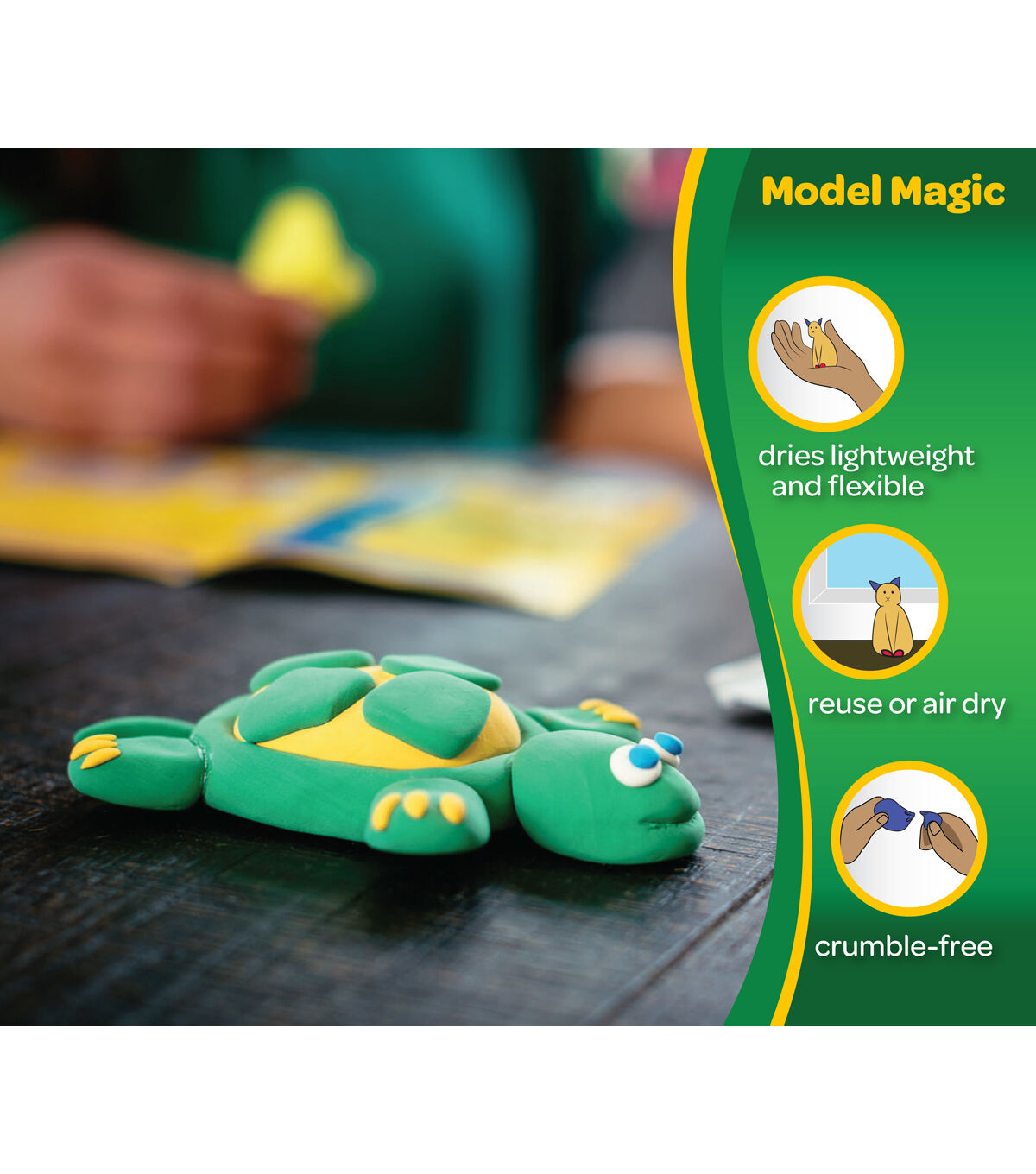 Crayola Model Magic Modeling Compound (White 2lb)16 Sept 2024
Crayola Model Magic Modeling Compound (White 2lb)16 Sept 2024